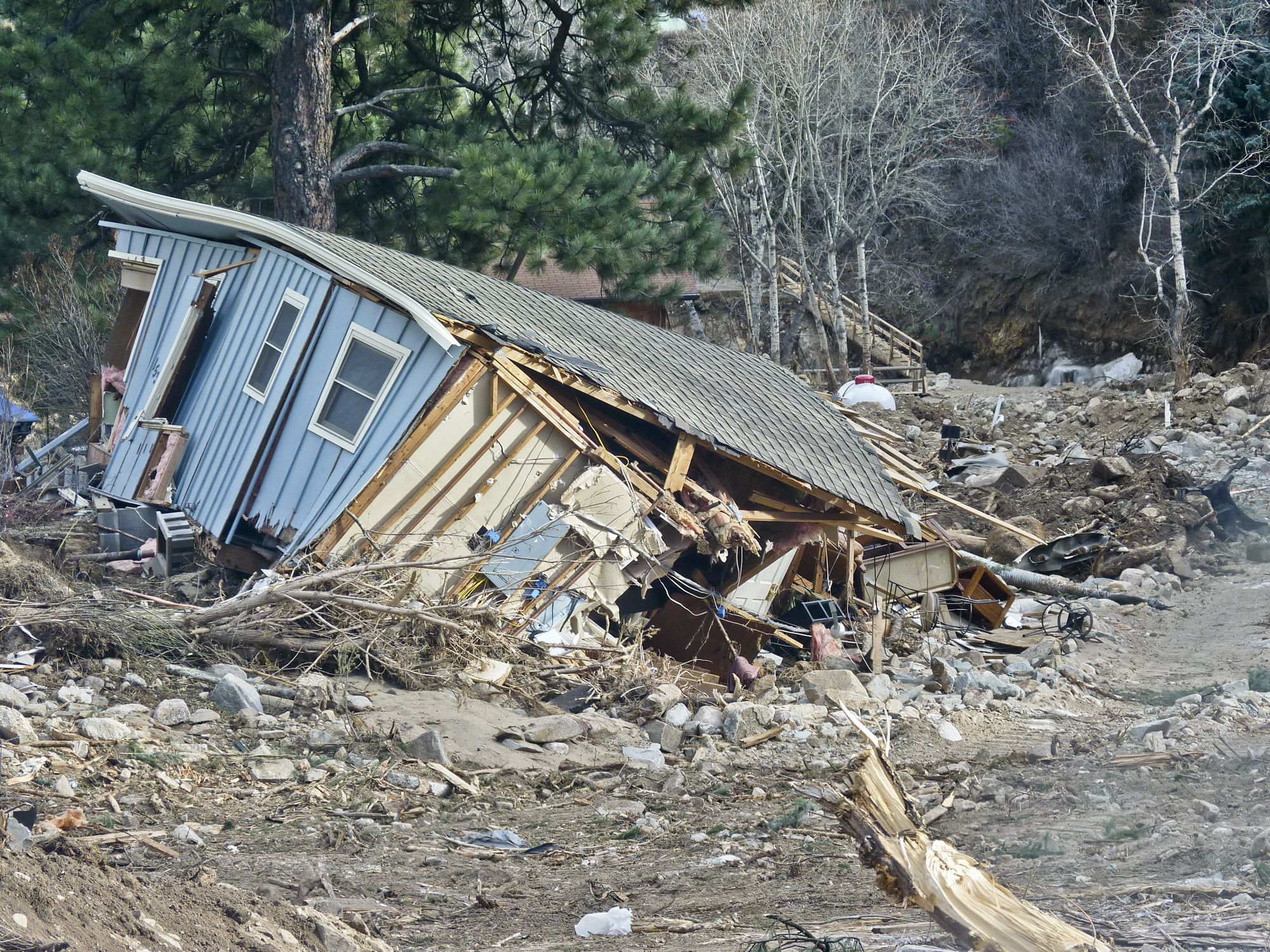Debris from distant worlds serves as a poignant reminder of the violent, chaotic processes that sculpt not just our solar system but also the broader cosmos. With the advent of sophisticated astronomical instruments and enhanced observational capabilities, the study of exoplanets—particularly the debris surrounding them—has emerged as a fertile ground for scientific inquiry. The intricate dance of celestial bodies, punctuated by cataclysmic events such as collisions and fragmentation, yields profound insights into planetary formation, evolution, and ultimately, the potential for life beyond Earth.
To delve into the world of exoplanetary wreckage is to engage with the universe’s unvarnished truths. The remnants of celestial bodies—fragments of meteoroids, asteroids, and possibly even entire planets—serve as textual evidence, recounting the cosmic narrative of creation and destruction. Each piece of debris holds a story, akin to geological formations on Earth that whisper tales of ancient environments and climatic shifts. Yet, these distant remnants exist in a realm beyond human reach, offering an enigmatic allure that beckons astronomers to unravel their mysteries.
Understanding exoplanetary debris requires a multi-faceted approach. The types of debris are varied, ranging from microscopic dust grains to sizeable rock fragments. These remnants often coalesce into structures such as debris disks, which encircle young stars. Such disks provide a dynamic landscape where materials collide, accrete, and eventually coalesce into larger entities. Observing these disks allows astronomers to witness the embryonic stages of planetary systems, creating a vivid tableau of potential worlds in the making.
In contemplating the gravitational ballet of cosmic debris, we are drawn to the concept of dynamical evolution. As celestial bodies interact via gravitational forces, they engage in an intricate dance that results in both stability and chaos. The interplay of forces can produce catastrophic events where planets and moons collide or are shredded apart, transforming solid bodies into a haze of floating debris. This dynamic chaos speaks to the intrinsic fragility of planetary systems; what appears stable may in reality be a fleeting veneer over tumultuous underlying forces.
Consider the metaphor of a cosmic artist, each piece of debris a brushstroke in a grand masterpiece of the universe. Just as an artist’s canvas can shift beneath the painter’s hand, so too can the architecture of planetary systems shift under the influence of gravitational interactions. Astrophysical phenomena such as resonances or alignments among celestial bodies can lead to a cascade of changes over astronomical timescales, reshaping the very structure of planetary systems and leading to the generation of new debris in the process.
The study of debris from distant worlds also raises intriguing questions about the potential habitability of exoplanets. The materials resulting from cataclysmic collisions can serve as the building blocks for new worlds. Organic molecules, evident in certain types of debris, could be the precursors to life, suggesting that the cosmos might harbor environments rich in the necessary ingredients for biological development. This idea tantalizes scientists and laypersons alike, prompting us to ponder the possibility of life thriving amid the remnants of cosmic destruction.
Moreover, the spectrum of debris types provides insight into a planet’s history and its geological evolution. For instance, the presence of particular inorganic compounds or isotopic signatures within debris can hint at a planetary body’s formation conditions. This is akin to the stratigraphy of Earth’s crust, where different layers reveal environmental conditions, meteorological events, and biological activities spanning eons. Each piece of debris effectively functions as a time capsule, encoding information about its origin and the processes that have shaped it, from accretion to destruction.
The technological advancements in observational astronomy, particularly through space telescopes such as the Kepler Space Telescope and the James Webb Space Telescope, have revolutionized our ability to detect and analyze exoplanetary debris. The instruments equipped with photometric and spectroscopic capabilities allow researchers to parse the light emitted or reflected by debris disks and infer their composition and dynamics. This data-driven approach enables scientists to create models of planetary formation that incorporate the influence of debris on developing worlds.
However, the study of exoplanetary wreckage is not without its challenges. The vastness of space complicates our understanding of the interactions that give rise to debris. Additionally, the sheer distances involved make it difficult to directly observe these phenomena in detail. As a result, researchers must rely on indirect observation and simulations to paint a picture of these cosmic processes. Yet, with each advancement in technology, the veil obscuring our understanding of these distant worlds grows thinner.
In conclusion, exoplanetary debris serves as both a testament to the dynamic processes governing planetary systems and a beacon of hope in our quest for understanding life beyond Earth. Each fragment, each dust grain, contributes to a narrative that speaks not only of destruction but also creation. As we continue to refine our observational techniques and theoretical models, the tapestry of the universe becomes increasingly illuminated, revealing the inextricable link between chaos and order that governs the cosmos. Such discoveries not only enrich our knowledge but also foster a deep appreciation for the elegant complexity of the universe and our place within it.










